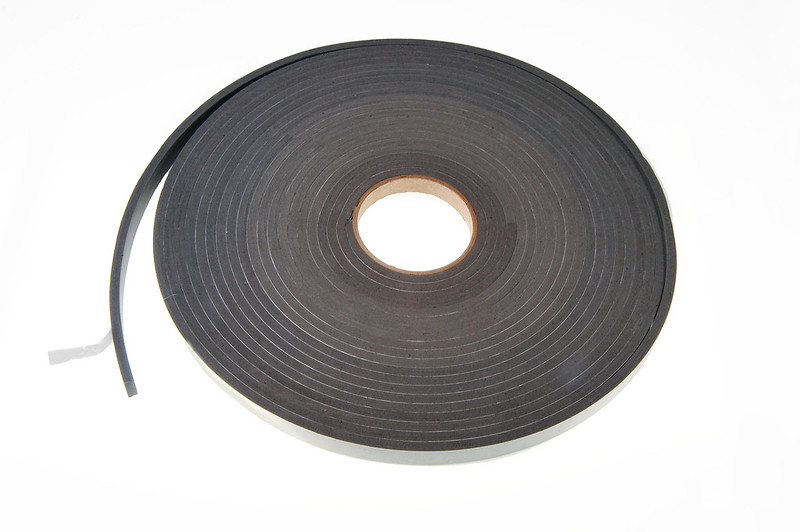What Is EPDM Material Used For?
 Epdm rubber has a unique combination of properties that make it an excellent choice for a wide variety of applications. Which also has excellent properties like weather resistance, flexibility, abrasion resistance, chemical resistance, and durability. Epdm uses a special type of rubber that is particularly resistant to extreme temperatures, ozone, ultraviolet light, and ozone. It is used for making flooring products like tiling, vinyl, linoleums etc. It is also used for making gaskets, hoses, packing rings, O-rings, seals, sponge, tubing, wire coatings, and many more products.
Epdm rubber has a unique combination of properties that make it an excellent choice for a wide variety of applications. Which also has excellent properties like weather resistance, flexibility, abrasion resistance, chemical resistance, and durability. Epdm uses a special type of rubber that is particularly resistant to extreme temperatures, ozone, ultraviolet light, and ozone. It is used for making flooring products like tiling, vinyl, linoleums etc. It is also used for making gaskets, hoses, packing rings, O-rings, seals, sponge, tubing, wire coatings, and many more products.
EPDM Temperature Rating
Excellent heat and steam resistance for o-rings and other rubber components. For temperatures up to +116°C (239°F). Applications: Heat and steam resistant, excellent for use with water and steam to prevent corrosion and swelling of rubber seals and o-rings. While silicone is a better grade for use with steam and other chemicals, the EPDM is a better choice for general industrial applications. Black polyurethane is a good choice for industrial, agricultural, and other applications where part temperatures may exceed 250 degrees F.
EPDM Gasket Specification
EPDM gaskets are rubber gaskets with a synthetic rubber base. They can withstand a broad range of chemicals and temperatures. They are a popular choice for a variety of industries, including agriculture, aerospace, and automotive. EPDM gaskets have excellent resistance to ultraviolet rays and ozone. They have good resistance to acetone, anti-freeze, synthetic detergents, boric acid, ethylene glycol, formaldehyde, mercury, potassium sulfate, saccharin, and steam up to 212 degrees Fahrenheit. EPDM stands for Ethylene Propylene Diene Monomer. EPDM was developed by the Monsanto Company. The EPDM gasket is a one-piece gasket
Custom EPDM Seals
Your seals begin a life filled with a variety of demands. While they need to be resistant to considerable pressures, they also need to be easy to handle and install, and they need to last a long time. In fact, EPDM seals can last for decades without any repairs. In the end, the only thing you need to make your seals last is to make sure they are installed correctly.
What Is The Difference Between EPDM And Other Gasket Materials?
EPDM is vulnerable to oxidation, so it is often coated with silicone, polyester, or other materials to prevent it from drying out, so good compressibility and recovery is a hallmark of EPDM gasket material.
EPDM Gaskets Are Used In Almost All Automotive Applications! EPDM has excellent chemical resistance to oils, fuels, acids, alkalis, and most solvents. It has good compression set (less than 10%), excellent thermal stability, and very low leakage rates. These properties make it the preferred material for O-ring type applications in which the product contacts harsh environments.
How do you cut EPDM Rubber?
EPDM rubber can be easily cut using a die-cutter machine. Die cutters are available in manual and semi-automatic versions. A semi-automatic die-cutter is preferred for cutting EPDM rubber, as it permits greater precision. It is suggested to use the die-cutter machine for best results. Make sure that the blade is sharp enough to make a clean cut. You can also use a heat gun to soften the EPDM rubber before cutting.
You can also use a utility knife. When using a utility knife, be sure to use a straight edge and a sharp blade. Place the rubber on a hard, flat surface and try to cut straight. Use a straight edge and a sharp blade to cut straight.
What’s the difference between EPDM and Silicone Rubber?
EPDM rubber is a special-purpose elastomer that resists oil and fuel and is resistant to thermal and mechanical properties. It can withstand high temperatures and continuous exposure to oil and fuel. It is also resistant to ozone and UV rays and is capable of withstanding loads and repeated flexing and bending. This creates a seal that is ideal for applications such as truck fenders, truck bed liners, and oil pans.
Silicone rubber is a synthetic rubber that resists heat and is used for sealing, gaskets, and other structural adhesives. Silicone-based lubricants are used on bearings, gears, and other moving parts that need a lubricant that will not gum up, harden, or evaporate. Silicone rubber is also used in floor coverings, adhesive tape, and caulking.
